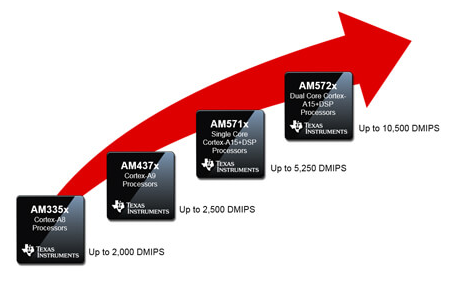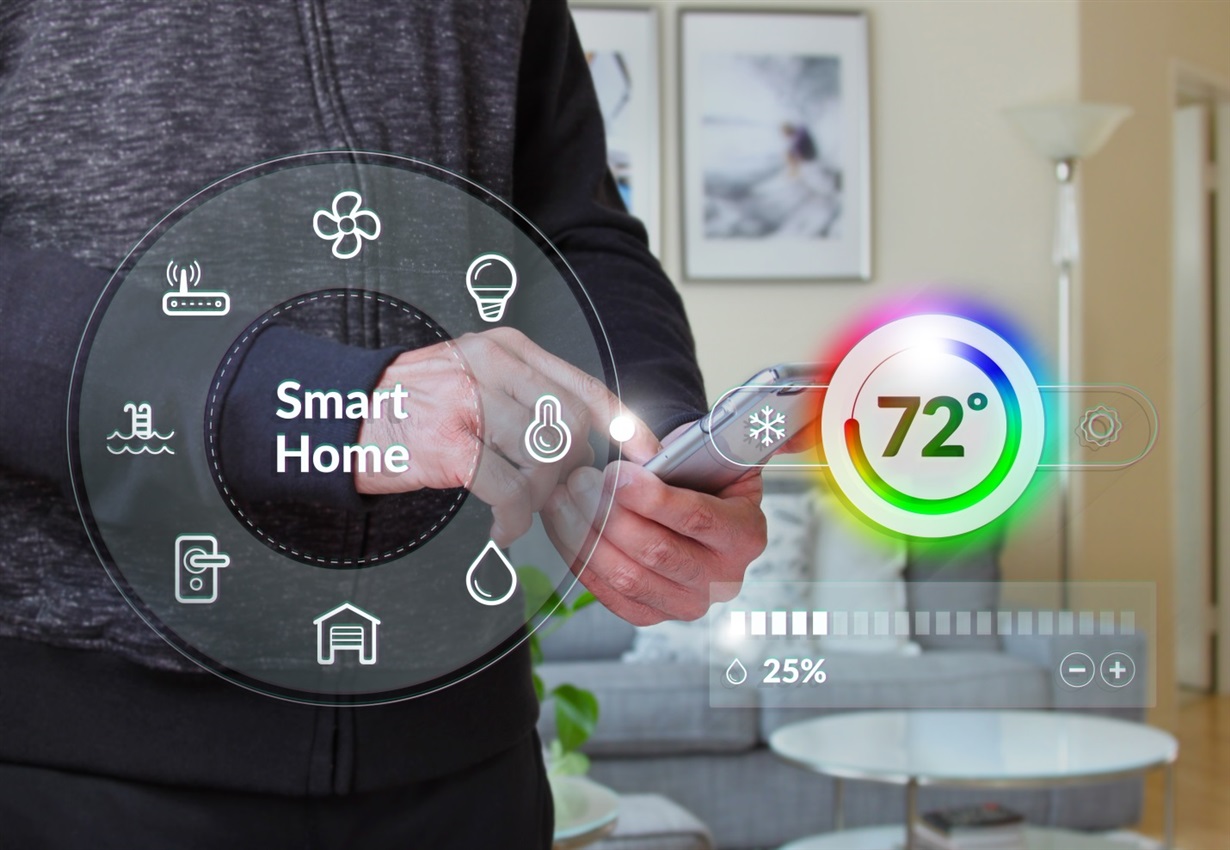SSZTAG6 january 2017
As connectivity between devices continues to rise, there is a clear need for centralized data collection and processing gateways. Central networking hubs not only need to make local decisions and provide instruction to end node devices, but they must also access the vast computer power of cloud networks.
Take for example the case of existing smart thermostats that can be managed remotely from computers, tablets or smartphones. These thermostats could expand to have more data collection and decision power within a building, such as motion sensor feedback to adjust room temperatures based on occupancy. Smart thermostats could also merge with security systems to monitor doors, windows, and even stream video from security cameras and relay data to cloud applications managed by service providers. Moreover, the ability to connect many nodes to the computing power of cloud networks allows for data analysis that could help predict machine failures (based on factors like excessive vibrations or increased temperatures or power consumption) and allow for faster response and less down time.
The tasks of these gateways also increase as wireless technology advances and enables connectivity at longer ranges. For example, Sub-1 GHz technology provides whole house and vicinity coverage and coverage in spread out areas.

Since a network of connected devices can range from things as simple as remote sensors all the way up to large machines or even entire factories, finding a common platform for gateways can be a challenge. With a wide range of processing power, a common software platform across devices, and a track record of reliability, Sitara™ processors provide a scalable portfolio of devices and are a leading solution for Internet of Things (IoT) gateways.
Scalable Processing Power
For added processing power, the AM57x processor features up to two ARM® Cortex®-A15 cores and C66x DSPs. It’s capable of supporting high definition video and high speed peripherals, including PCIe, USB 3.0, SATA, and up to six ports of Gb Ethernet. On top of the dual PRU-ICSS for industrial Ethernet communication, it also has a dual core ARM® Cortex®-M4 for managing additional functions. When a high performance gateway for tasks like building or factory automation is needed, the AM57x processor is a solid choice.

Common Software Platform
Proven Reliability

If you’re looking to implement an IoT gateway into your design, the scalable processing power, transferable software development platform, and proven reliability of Sitara processors make them an excellent choice to meet your requirements and support growth for years to come.
To jumpstart your design, check out the Sub-1 GHz Sensor-to-Cloud with gateway reference design. This reference design accelerates the time it takes to develop a cloud-based application that interacts with Sub-1 GHz sensors. For more information about this design take a look at the blog, “A scalable approach to cloud computing applications for low power sensors.”